
I used these glasses most with the dark (category 4) lenses and the elastic strap, and found them to be comfortable to wear all day, and certainly a big improvement in both comfort and security over traditional plastic arms. The glasses fit close to the face, offering very good protection from reflected light from snow or water. In other glasses I've used, this close fit can often mean a problem with steaming up, and Adidas have clearly thought carefully about this and include their “Climacool” ventilation slats in the side, which work well. Whilst they did steam up when working very hard (skinning at maximum effort for example), they were substantially better in this regard than any other close-fitting glasses I've used.
The addition of the secondary lens reduces fogging problems for the same reasons that double glazed windows suffer less condensation than single glazed – the layer that the warm moist air is hitting first is not as cold if there are two layers instead of one. In addition the interior lens is coated with a high quality anti-fog coating. However, in many of the types of conditions where you get the worst fogging (going hard uphill), using them in “goggle mode” is also likely to be too hot. This extra warmth does mean they offer a very nice level of protection in very cold and sunny conditions when you're not maxing out the heart rate.
The lenses wrap quite far around the face, which means that they offer excellent periphery vision. The lens quality in general seemed to provide superb clarity if it was kept clean (a lens bag is provided that can be used for cleaning), and I didn't manage to scratch mine in the 6 weeks I had them. The internal lens is a hydrophilic soft lens (to reduce fogging). Adidas provide two of these in the version on sale so that one can be replaced if it gets scratched.
I didn't get to test the yellow lens in fog conditions, but did test it in low light conditions on a late evening ski mission. To be honest I wasn't sure that vision was any better with them on than without, but it was nice to have the option of protection from the wind without having to wear dark glasses. However, since these are recommended for fog rather than just low light, perhaps this was not a fair test.
For people with less than perfect vision, the Terrex Pro offer two choices – either a prescription clip-in lens that fits behind the main lens, or additional glazing added to the outer lens to bring them to the required prescription. The clip-in lens maintains the flexibility of being able to chose the outer lens (between the dark and the yellow lenses), while the prescription outer lens means the system can still be used with the interior lens added to turn them into goggles.
The glasses come in a hard plastic case which contains all the components. Indeed, the sheer number of modular bits to the glasses could be the only major fault I could find with the performance of these glasses, if you're the sort of person that loses important bits.
Finally of course the price; these glasses retail at a hefty £240, which is substantially more than I've ever paid for sunglasses. But they are both more comfortable and better performing than any glasses I've used before, so whether that extra performance is worth the extra cash is up to you.
Environmental information: None available specifically about this product, although there is some information about Adidas' general environmental policies on their website.
FROM ADIDAS
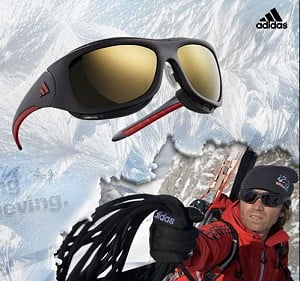
More information at: www.adidas.com/


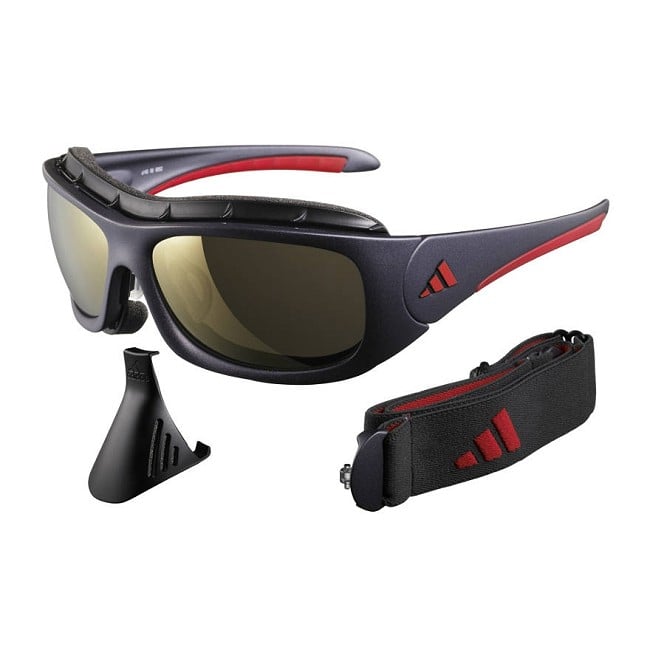

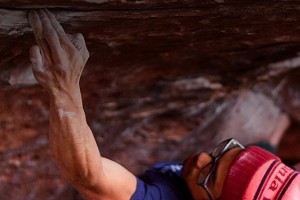
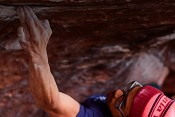
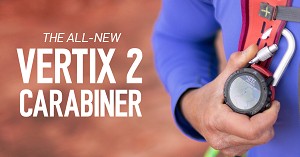

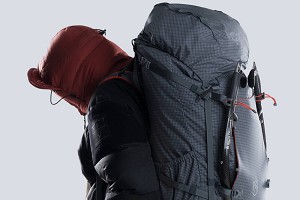
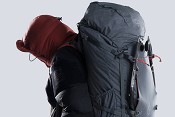
Comments